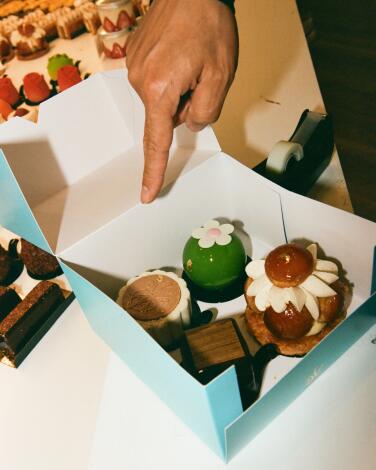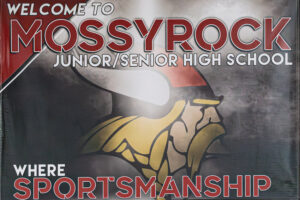
While many Japantowns across the United States have faded into history, Los Angeles boasts two vibrant enclaves: Little Tokyo and the lesser-known Sawtelle. Nestled on the Westside, Sawtelle is a small but historically rich neighborhood that reflects the enduring legacy of Japanese immigrants. Its transformation from a refuge to a bustling cultural hub highlights the resilience and adaptability of its community.
From Refuge to Cultural Hub
In the early 20th century, Sawtelle emerged as a haven for Japanese immigrants facing restrictive laws, such as the 1913 California Alien Land Law, which prohibited them from owning property. Landowners in this less developed area overlooked these laws, allowing immigrants to establish new lives. The community thrived in part due to its proximity to the coast and the support of local Kenjinkai organizations.
By the 1910s, Sawtelle, affectionately referred to as “so-te-ru,” had attracted a significant population of Issei, or first-generation Japanese immigrants. Between 1920 and 1925, the neighborhood’s population tripled, driven by the influx of Japanese farmers, the burgeoning film industry, and the establishment of UCLA. Residents set up nurseries, small businesses, and community institutions, fostering a tight-knit society.
The neighborhood flourished until World War II when many residents were forcibly interned, disrupting their lives and communities. Those who returned faced the challenge of rebuilding what had been lost. Sawtelle stands as a testament to the immigrant spirit, showcasing the ability to endure, adapt, and create anew.
Modern Challenges and Cultural Celebrations
In 2015, the city officially recognized Sawtelle as Sawtelle Japantown, sparking a renaissance of Japanese culture through restaurants and shops that celebrate this rich heritage. Despite its evolution, the area faces challenges, including gentrification and rising commercial rents. Traci Toshiyuki Imamura, a fifth-generation Japanese American, recalls her father’s drugstore, Tensho, which was a staple in the community during the mid-1940s. Today, Furaibo restaurant occupies that space.
“I miss the regular everyday people and how close people were with each other in the community,” Imamura reflects. “It makes me emotional just thinking about what Sawtelle felt like to me when I was a young girl in contrast to what it is evolving to.”
Now residing in Torrance, Imamura advocates against the neighborhood’s gentrification as a member of the Westside Community Planning Advisory Group. Although Sawtelle’s identity has expanded, traces of its origins remain. Family-run businesses like Hashimoto Nursery and Yamaguchi Bonsai Nursery continue to honor the area’s agricultural roots.
The annual Obon Festival serves as a vibrant celebration of this heritage, drawing hundreds who dress in traditional attire to honor their ancestors through dance, food, and community spirit. The festival encapsulates the enduring essence of Sawtelle, where the sound of taiko drums and the aroma of yakitori create a lively atmosphere.
Walking through Sawtelle today offers a glimpse into both its dynamic present and its storied past. The neighborhood’s evolution reflects broader societal changes, yet its roots and community spirit continue to thrive. In a city characterized by constant change, Sawtelle’s legacy stands strong as a reminder of the importance of resilience and community in shaping identity.
As cities evolve, the stories of neighborhoods like Sawtelle remind us of the rich tapestry that forms our communities. With a blend of cultural flavors, from ramen to sisig, Sawtelle invites exploration and appreciation of its unique heritage.







